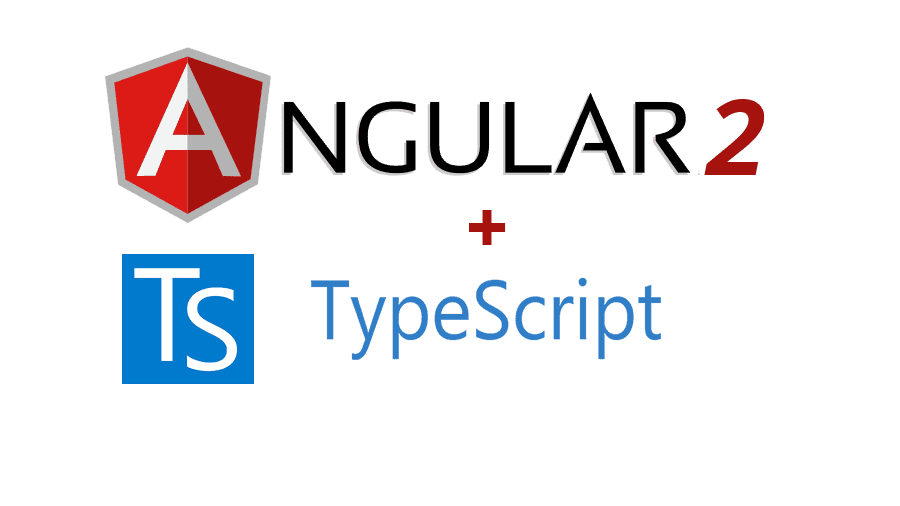Angular 2 and TypeScript – A High Level Overview

Angular 2 and TypeScript – A High Level Overview
As many of us know, Angular is a popular JavaScript framework managed by Google, used to develop Single Page Applications (SPA) for fasting loading pages. Adding more features, Angular 2 was released in the year 2015 and the final version came out in the year 2016. Compared to AngularJS, it shares only a few common concepts with the former. It was developed with the motive to create applications that are independent of each other.
Angular 2 and TypeScript – An Overview
Both Angular 2 and TypeScript have prompted a significant impact in the JavaScript community.
Towards the end of 2014, Google announced that Angular 2 would rewrite Angular JS using the new language ‘AtScript’. It was an extension of TypeScript and Microsoft. Later, they decided to use TypeScript for development of Angular 2. Angular 2 apps can also be developed in JavaScript (both ECMAScript 5 and 6), Babel and Dart. We have experienced a large demand from our customers to develop Angular 2 using TypeScript. The reasons?
Superset of JavaScript
TypeScript is the superset of JavaScript at a high level with many more functionalities. Transfer of your legacy codes written in JavaScript can be carried out easily with TypeScript. In certain cases, TypeScript can handle conversion of TypeScript code in ES6 to ES5 to enable cross-browser compatibility. It’s just the matter of renaming the files from .js to .ts and then incrementally add the type annotations.
Great Tools
A combination of Angular 2 & TypeScript can develop small to large scale web applications efficaciously. TypeScript provides a wide variety of advanced tools for autocompletion, navigation, and refactoring. The tool support is as good as those provided by Java or .Net. The code analyser in TypeScript instantly shows the errors in the typed code. The TypeScript compiler generates JavaScript for the developers to read and understand easily.
Components
In Angular, components form the basic building block of UI in applications. These components are mostly the subset of directives. In TypeScript, a component is usually class annotated with @Component. The annotation @Component is used to define the component and associated metadata.
Dependency Injection
Dependency Injection (DI) deals with how components within the code get hold of their dependencies. Dependency injection in Angular 2 provides a better way to implement loose coupling between components and services. This injection module in Angular is flexible and easy to use. The objects can be injected only via constructors. Injectors form a hierarchy (each component has an injector), and the injectable object doesn’t have to be an application-level singleton as it might by default in Spring.
Now, you know why Angular 2 and TypeScript are so popular among the tech-savvy customers. If you are willing to be a part of them, contact us soon!
Other Blogs: